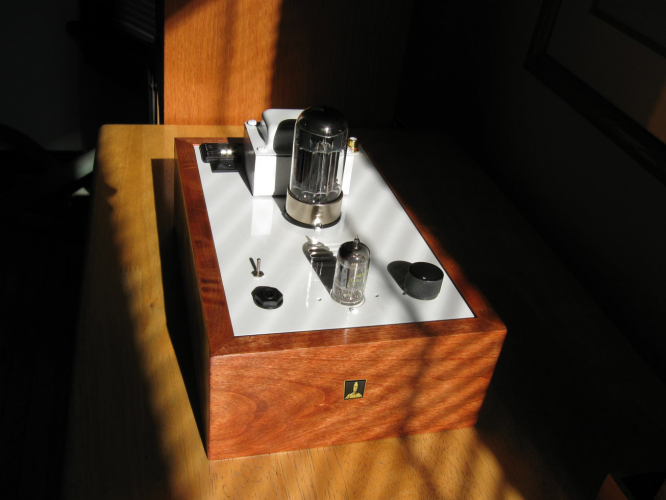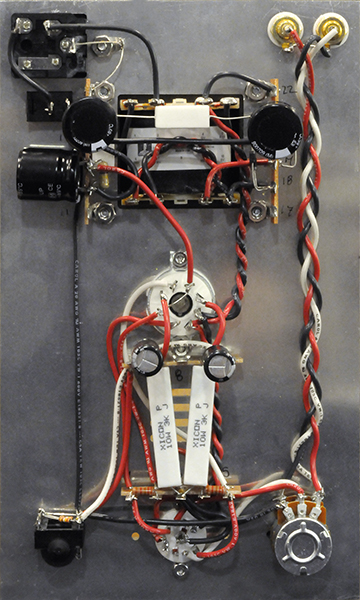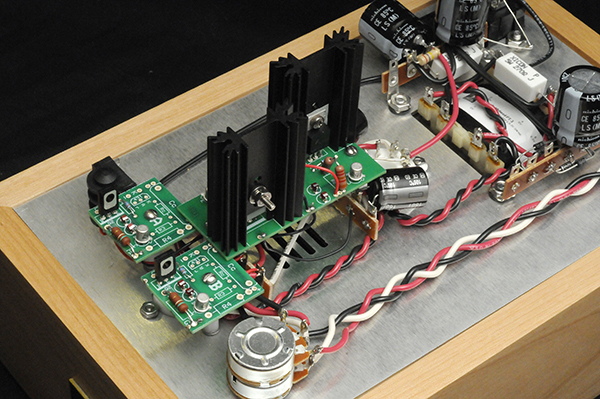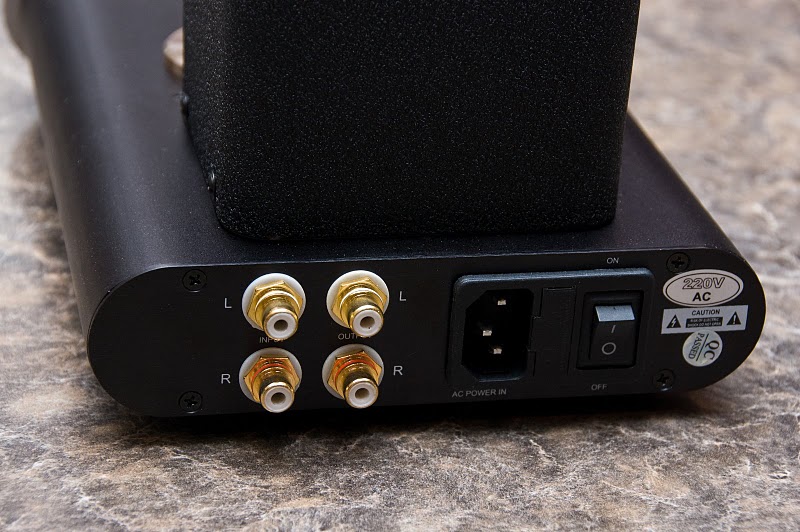
A/B Comparison #10
-
Little Dot Mk III is an OTL tube amp.
-
My Little Dot MK III uses stock tubes.
-
OTL tube amp
-
Equipped with the "Speedball" upgrade
- Output electrolytic caps replaced with Dayton film caps.
LCD-2
As the Crack is not intended for low impedance phones and won't drive my LCD-2's well at all, I only used my Sennheiser HD-800's for this test.
HD-800
This was a very interesting test. As with all the tube amps I own, these amps both added a little euphonious signature to the sound, but each amp had a different character.
Compared to the Little Dot Mk III, the Crack added a little midbass which made the music sound a bit warmer and a little "richer" in a certain way. However, the lowest bass notes seemed better served by the Little Dot- this gave the Little Dot a tighter bass sound, overall.
Because of the midbass "bump" from the Crack, mids seemed to have a little more "body" than with the Little Dot, although not by a big margin. Both amps had very nice midrange. Separation / imaging sounded about the same with maybe a trifle better sense of space from some recordings produced by the Crack. Operative word: a TRIFLE.
The sound of the treble range differed between these two amps. The Crack added a little more harmonic sweetness, while the Little Dot seemed a bit more transparent in the highs. The Crack sounded like it had a little bit of rolloff at the highest frequencies compared to the Little Dot This actually was OK on the Sennheisers which are a little hot in the highs.
Overall, the Crack had a more "tubey" sound. As you may recall, I found both the Little Dot and the Crack to "sweeten" the harmonic balance of the highs a bit compared to the Beta-22, and this comparison seems to show that the Crack adds a little more treble sugar than the Little Dot. There was also a slightly "smoother" quality of the highs on the Crack, maybe what I'm hearing here is the sound of film caps in the Crack vs. electrolytic caps in the Little Dot.
They both sounded pretty nice. I liked the tighter bass from the Little Dot, but the overall sound from the Crack added a lush quality that I liked. I would have to say I preferred the Crack overall; if I want tighter bass than the Crack I can go to my Beta 22 which is fantastic in this regard with very clean highs. So, for me, to able to choose from the romantic sound of the Crack and the "precise" sound of the Beta-22 is a really nice option.
The Little Dot MK III, in a sense, fell between the Beta and the Crack. If I only had one amp, I would want the Little Dot over the Crack because, to me, it sounded a bit more "accurate" - less euphonious coloration added. But having a good solid state amp like the Beta, it's nice to have the Crack which offers a greater contrast in sound quality against the Beta. Does that make any sense?
MY CONCLUSIONS
The Crack is still pretty much my favorite amp for the HD800s at the moment.
As noted in an earlier comparison, my Bottlehead Crack has the Speedball upgrade in which " ...the 22k1 ohm plate loads of the 12AU7 input triodes are replaced by constant current source loads, as are the 3K ohm cathode load resistors of the 6080 triodes, " to quote the Bottlehead site. I also have metalized polypropylene film caps instead of electrolytic output coupling caps. Tubes are stock.
Everything in my Little Dot MK III is stock.
Due to frequency response differences between the two amps, I used the pink noise / 'scope method to set the levels, and the apparent loudness levels of the two amps sounded like they were well matched as I began the test.
Crack amp, with white gloss laquer etc.

Interior view, stock Crack without Speedball upgrade

Interview, Speedball upgrade installed. NOTE: This is not my amp, mine has Daytom film caps for output coupling instead of the stock electrolytics.

Little Dot rear view showing jacks

Copyright © 2011